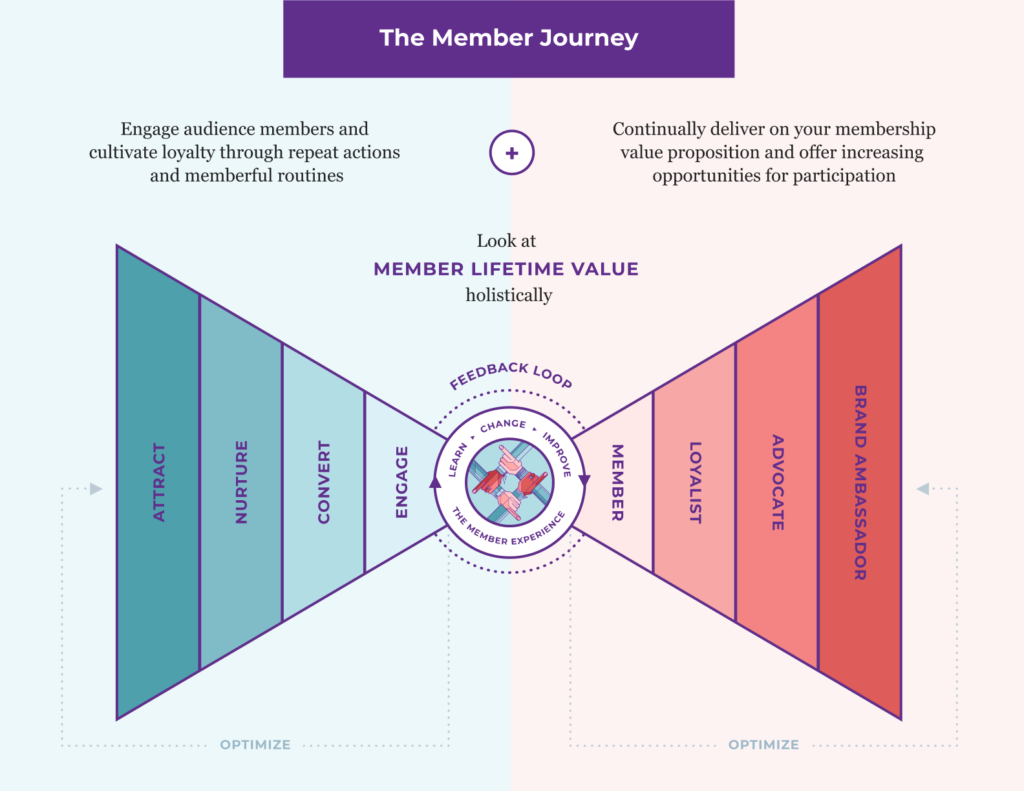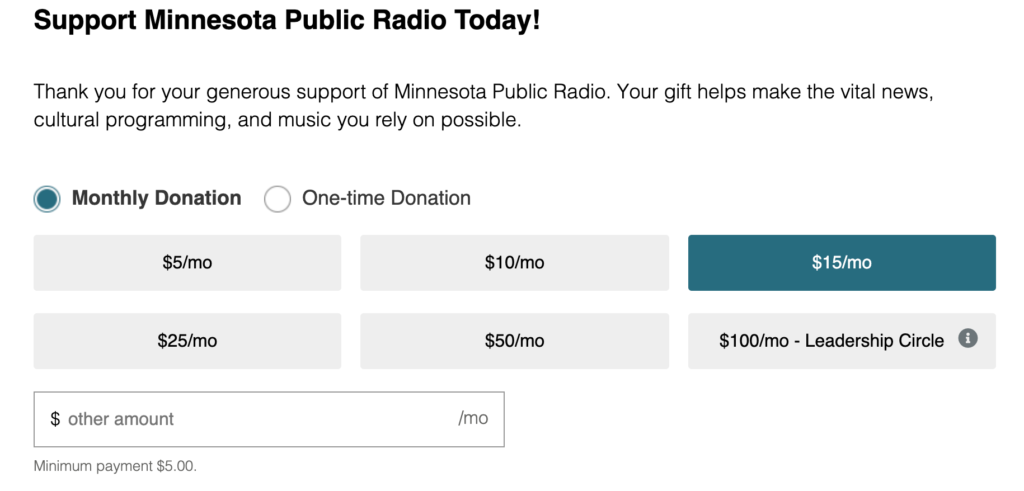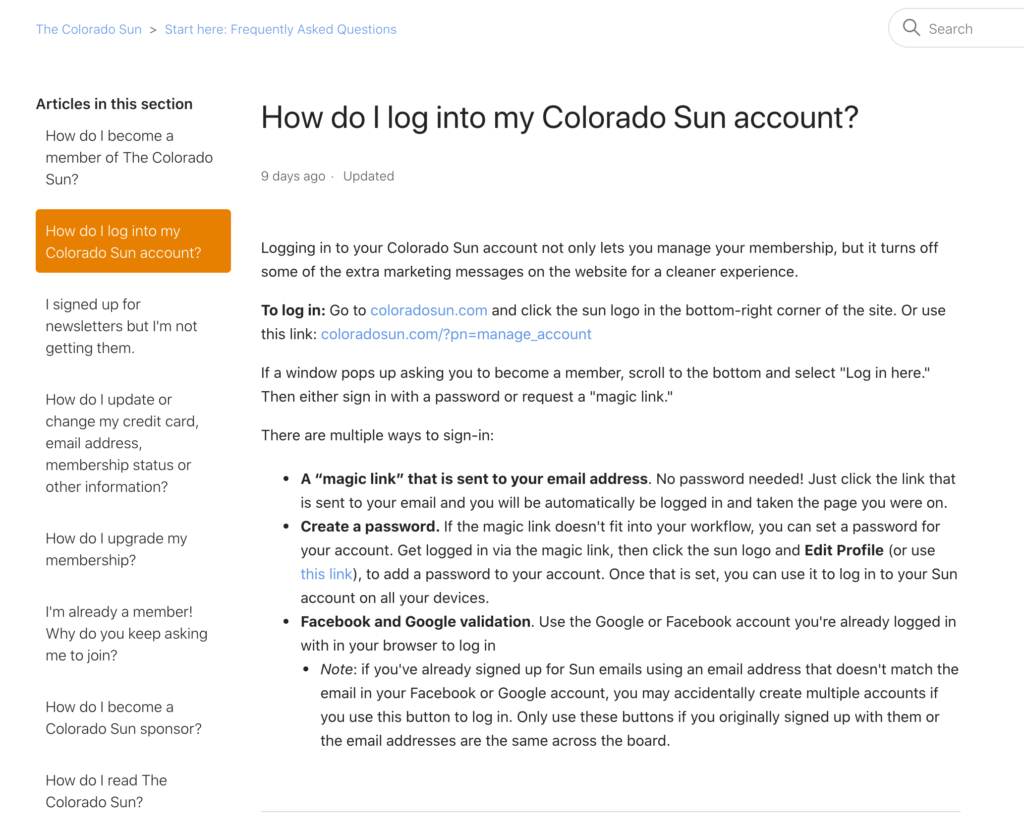Retaining members is the most essential thing a news organization can do to sustain the long-term health of its membership program.
Many outlets focus the bulk of their attention on acquiring new members, but if you have to choose to focus on one or the other, focus on retaining the members you have. It is less time intensive, less costly, and leads to deeper, more invested communities.
Retention begins with a strong relationship between a supporter and a newsroom. All relationship-building work is grounded in having a solid understanding of your membership value proposition, and delivering on it consistently. (Jump to “Discovering your value proposition”)
Traditional subscription strategies give us a clue to what drives retention next: sustained attention. Under a “thick” membership model, sustained attention comes from memberful routines. Memberful routines are the magic of member-driven newsrooms because those routines bring supporters down the conversion funnel and also strengthen the relationship and trust over time, boosting retention (Jump to “Developing memberful routines” for more).
It’s useful to think about memberful routines and member retention as the outcome of an expanded audience funnel. The audience funnel shows how potential members move from being occasional visitors to paying members. As you build out retention strategies using memberful routines, you can expand on the idea of a conversion funnel by flipping the funnel on its side (consider the image at the top of this section).
A flipped funnel expands the avenues for participation to account for activities after someone becomes a member. This allows you to see how to deepen engagement and turn your most loyal members into advocates that can help grow your membership base.
You should be thinking about strategies for how you can retain your members from the second they join. The longer someone is a member, the more likely it is that they will stay one and the more value they bring through recurring payments and participation, including educating themselves about your journalism and what it takes to produce it.
So how do you get members to that point where they’ll stick around for the long-term? There are four vital ingredients for retention:
1. Consistently delivering value in your core service
2. Consistently delivering value in your membership program
3. Providing opportunities for participation
4. Putting in place smart tech defaults and customer service that prevent easily avoidable member losses
MPP has covered the first three throughout this guide. This section will offer an introduction to the core concepts underpinning retention, and then dig into the fourth point above: technology defaults and customer service practices that support retention. By getting these components right, you can avoid otherwise preventable member losses and gain time and resources to focus on delivering value in your core service and membership program.













